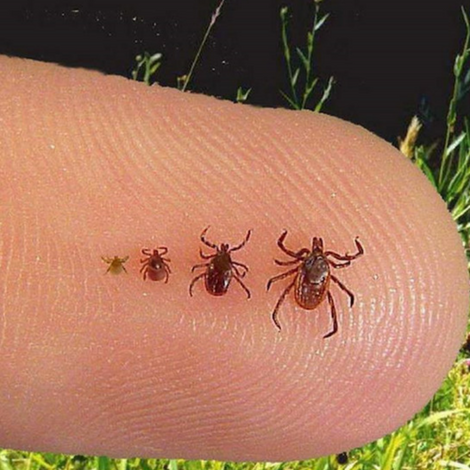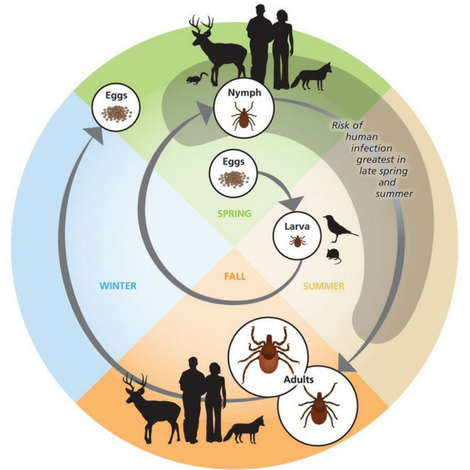tick life cycle canada
Use a Chewable Proven to Kill the Ticks That Transmit Lyme Disease More. After hatching from the egg a tick must obtain a blood meal at every stage to survive.

Life Cycle Of Ixodes Ricinus And Transmission Of Rodent Associated Download Scientific Diagram
Life Cycle of Ticks.

. During the one-host life cycle ticks remain on the same host for the larval nymphal and. In Canada it is found from Alberta east to Nova Scotia and has increasingly pushed west and north in the last decades. Usually rodents and other small animals serve for the first two feedings and large animals such as deer cattle dogs sheep and humans serve as the host for the last feeding.
Two of the most common types are Black Legged ticks formerly know as the Deer Tick and the American Dog tick. Members of the family Ixodidae undergo either one-host two-host or three-host life cycles. The tick requires a blood meal to.
Its important to be familiar with this life cycle to get rid of ticks from your lawn and. A tick begins its life as an egg. Egg Larvae Nymph and Adult.
All ticks whether they are hard or soft undergo four developmental stages namely egg larva nymph and adult. Stages in the Life Cycle of Ticks. Blacklegged ticks can feed from mammals birds reptiles and amphibians.
Immature ticks are observed on animals during the autumn. During this development ticks go through four stages of life. These are the two you will often find in high risk areas.
Female adults die after egg-laying is complete. A tick goes through a similar life cycle as other arthropods as the metamorphosis starts at the egg stage moves to larval stages then to the nymphal stage and finally to adult. When the egg hatches a six-legged larva emerges.
Hoary Tick-trefoil Canada Tick-clover. Dermacentor variabilis is a three-host-tick with each stage of the life cycle larvae nymphs and adults feeding on a separate host. Each stage of the life cycle requires a blood meal to develop and eggs typically hatch into six-legged larvae after a period of four to 10 days.
Fabaceae Pea Life cycle. Tick Control Ixodes scapularis the black-legged deer tick which is the primary vector for Lyme disease has a four-stage life cycle and a lifespan of about two years. Ad Try a Chewable That Kills The Ticks That Transmit Lyme Disease Other Parasites.
The eggs hatch and six-legged larvae emerge from the eggs. Generally adult female hard ticks breed while on the host animal and then drop to the ground to lay eggs. Its first host is usually a small mammal or a lizard and it has to find a host in order to grow.
The Ixodes scapularis ticks that transmit Lyme disease in Eastern regions of the United States and Canada have a two-year life cycle. Most ticks go through four stages. Ticks are not able to lay eggs directly on a host they must first detach.
After hatching the newly-born tick larva requires a blood meal to advance to the next stage of life as a six-legged nymph. The lifecycle of Ixodes scapularis ticks generally lasts two years. Inside or out ticks love a warm environment to lay their eggs.
It begins in early spring when adult females lay eggs on the. After feeding the larva drops to the ground to digest its food and begin to grow. Most tick species undergo one of four different life cycles.
Ticks are found in many areas across Canada including southern Ontario Ticks come in various sizes and shapes based on the stage of life they are at Ticks have a two year life cycle Ticks begin questing looking for a blood meal when temperatures reach 4oC and higher. 2 The Larvae Stage 2. Prairies along shores along roads railroads open woods.
The separation between tick risk zones and tick safe zones on and around your property can be a single step. Blacklegged ticks are common species and the primary vectors for Lyme disease Anaplasmosis Babesiosis and other illnesses. Aside from its missing set of legs the larva looks a lot like an adult tick.
The First Stage egg The adult female tick first fulfills a proper blood meal then the process of mating occurs between an adult male and adult female tick. However they can lay eggs just about anywhere else and they do. Ticks have 4 life stages.
At this stage of life these small ticks about 18-inch in size have six legs instead of the eight legs they will have later on in their lives. Egg In early spring ticks begin to lay their eggs. These stages are egg larvae or seed tick nymph and adult.
The Rocky Mountain wood tick is a three-host tick a new host being sought for each one of its three feedings which occur over a period of 1 to 3 years. The majority of hard ticks require three different hosts to complete their development. The blacklegged tick or deer tick Ixodes scapularis is one of the most important ticks in the Northeast for human and animal health.
There are dozens of different tick species that are commonly found across Canada. After the eggs hatch the ticks must have a blood meal at every stage to survive. Typical life cycle of the blacklegged tick Ixodes scapularis and associated infection by Borrelia burgdorferi in Canada showing the succession of immunological and environmental challenges to.
Egg six-legged larva eight-legged nymph and adult. They can be found across the eastern half of the United States and into southern portions of. Dermacentor variabilis the American dog tick is a large reddish-brown ornate hard tick.
The engorged nymphs look for a shelter wall cracks and crevices in the barn and enter diapause see gure 1From the end of the spring to the beginning of summer the nymphs moult into adults and leave the shelters and start questing for a host. 1 The Egg Stage 1 After the adult female tick has acquired a proper blood meal she mates with the adult male tick leaves the host and searches for a suitable spot to lay her eggs. Average to moist sandy or rocky soil.
2 to 6 feet. Female ticks lay thousands of eggs on the ground which then hatch into larvae known as seed ticks. Lets review the life-cycle of a tick.
Ticks have 4 distinct stages to their life cycle. Black Legged ticks are the common vector for Lyme Disease. The female tick then leaves the host and.
Egg larva nymph and adult. The life cycle of a tick is completed after four stages namely egg larva nymph and adult it requires more than a year to complete a full life cycle. There are dozens of tick species found across Canada but two of the most common are American Dog Ticks and Blacklegged Ticks.
During this time they go through four life stages. The life cycle of ticks can vary depending on the species. Egg larvae nymph and adult.
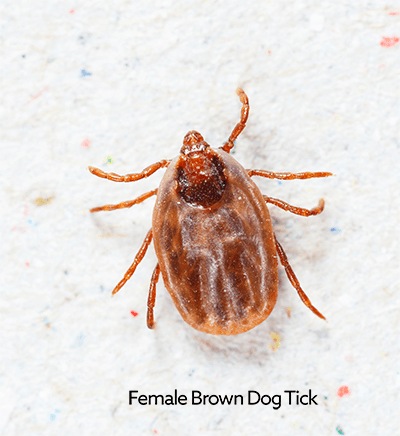
Ticks In Cats Vca Animal Hospitals
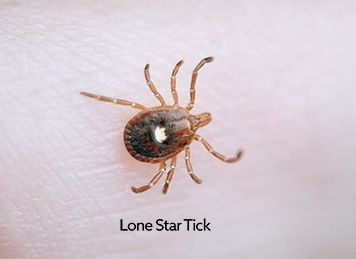
Ticks In Cats Vca Animal Hospitals

Western Blacklegged Tick Tickencounter

The Typical Life Cycle Of The Black Legged Or Deer Tick Ixodes Download Scientific Diagram
Transmission Canlyme Canadian Lyme Disease Foundation

Update Protecting Yourself Your Dog From Ticks Toronto 2020 Royal York Animal Hospital
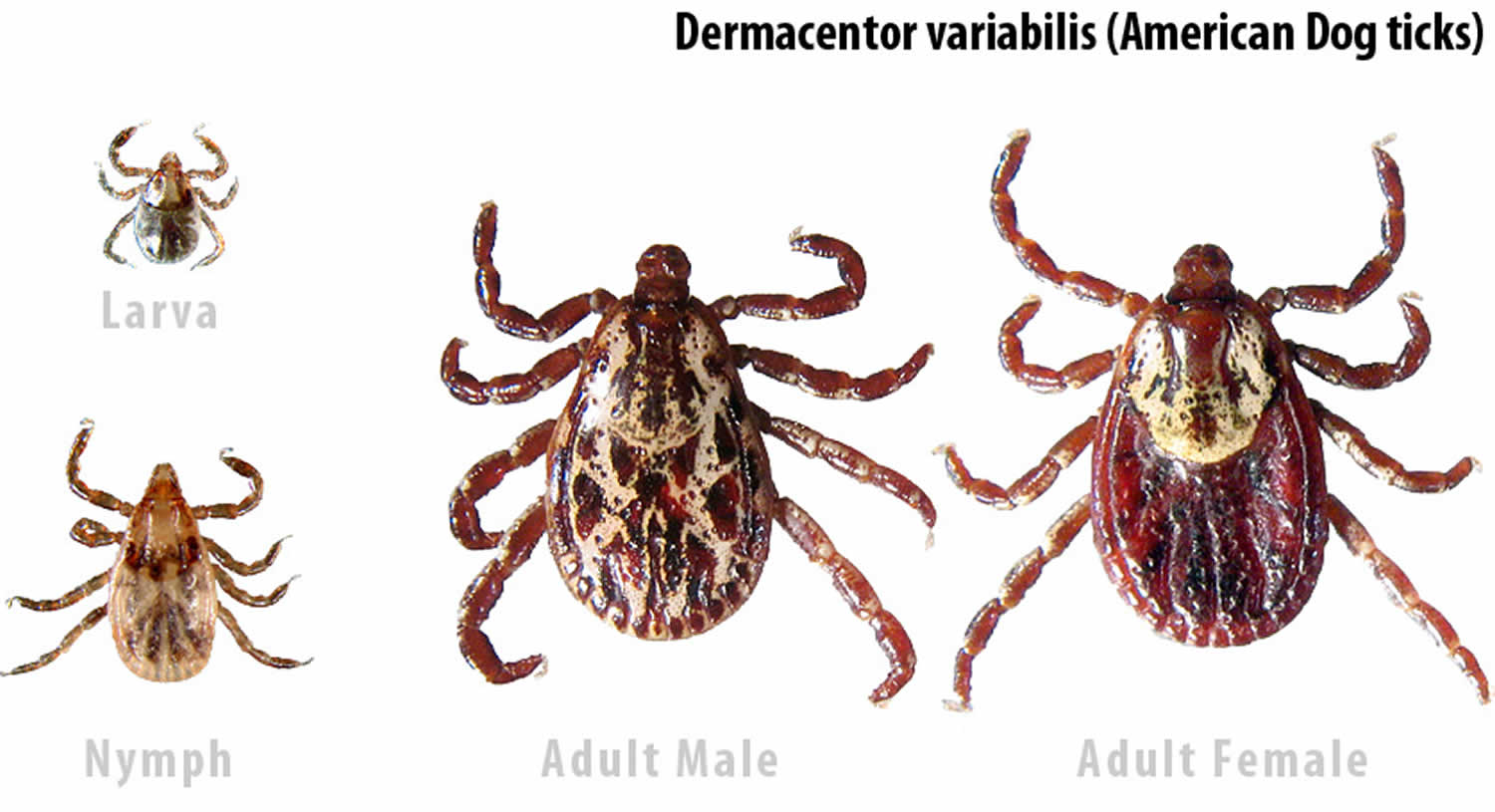
American Dog Tick Disease Life Cycle Prevention How To Remove A Dog Tick
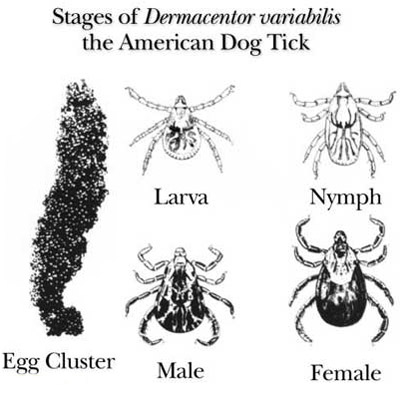
American Dog Tick Dermacentor Variabilis Say
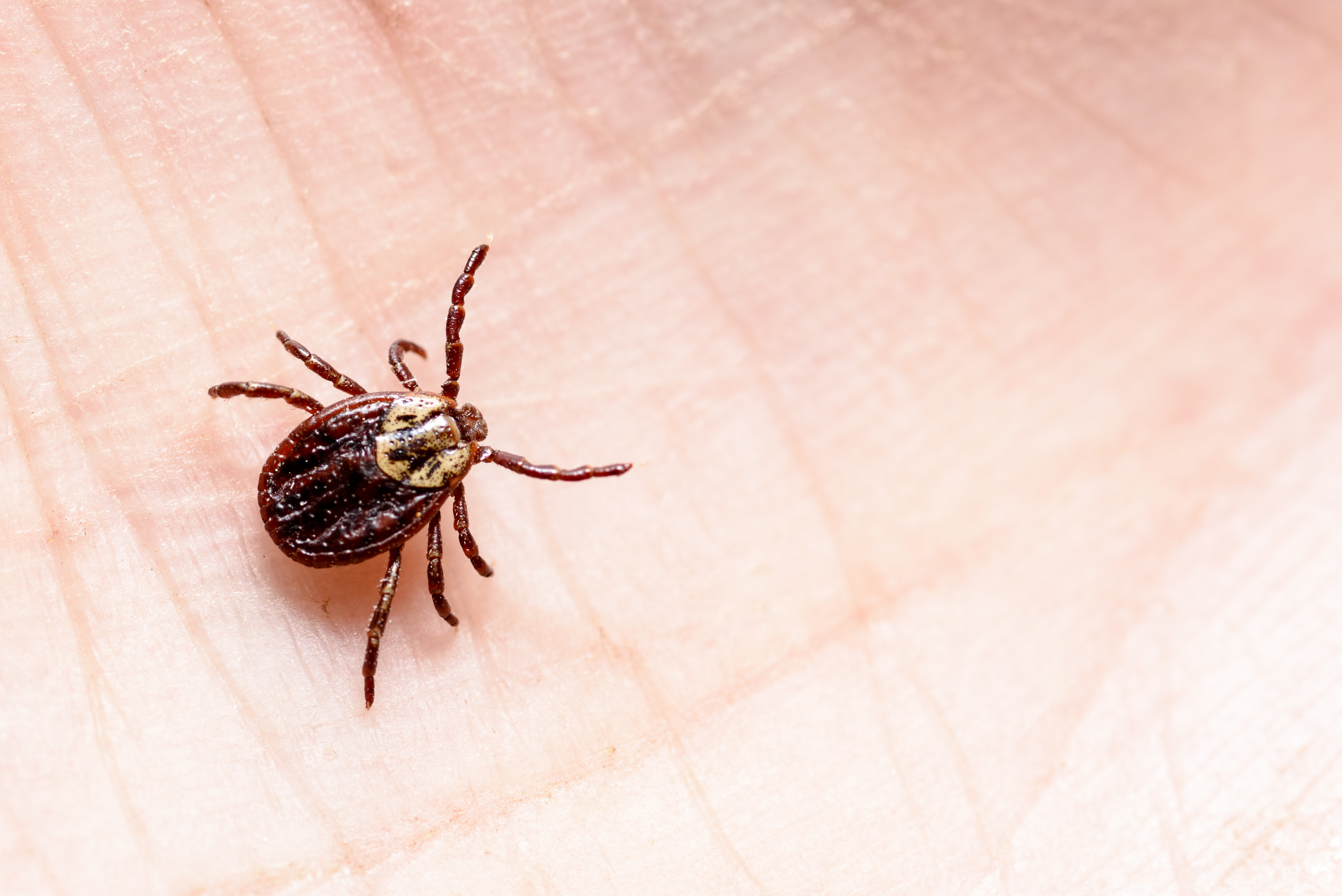
Tick Life Cycle A Review For Spring

Tick Disease Prevention Tools Deerbusters Canada

Life Cycle Of The Ixodes Tick Vectors Of Lyme Borreliosis Reservoir Download Scientific Diagram

The Typical Life Cycle Of The Black Legged Or Deer Tick Ixodes Download Scientific Diagram
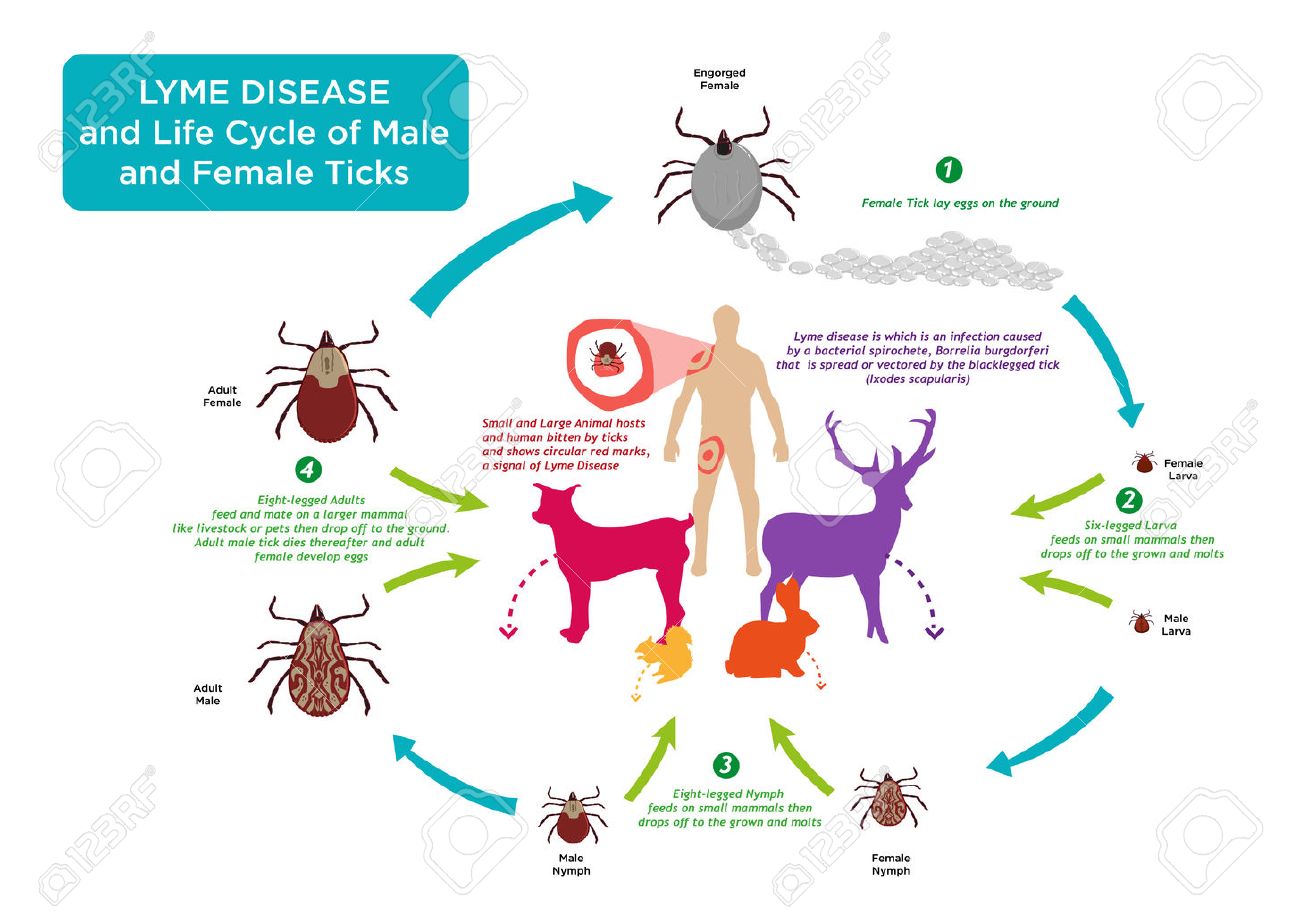
Life Cycle Of Tick Bug With Its Common Hosts And Human With Lyme Disease Which Is
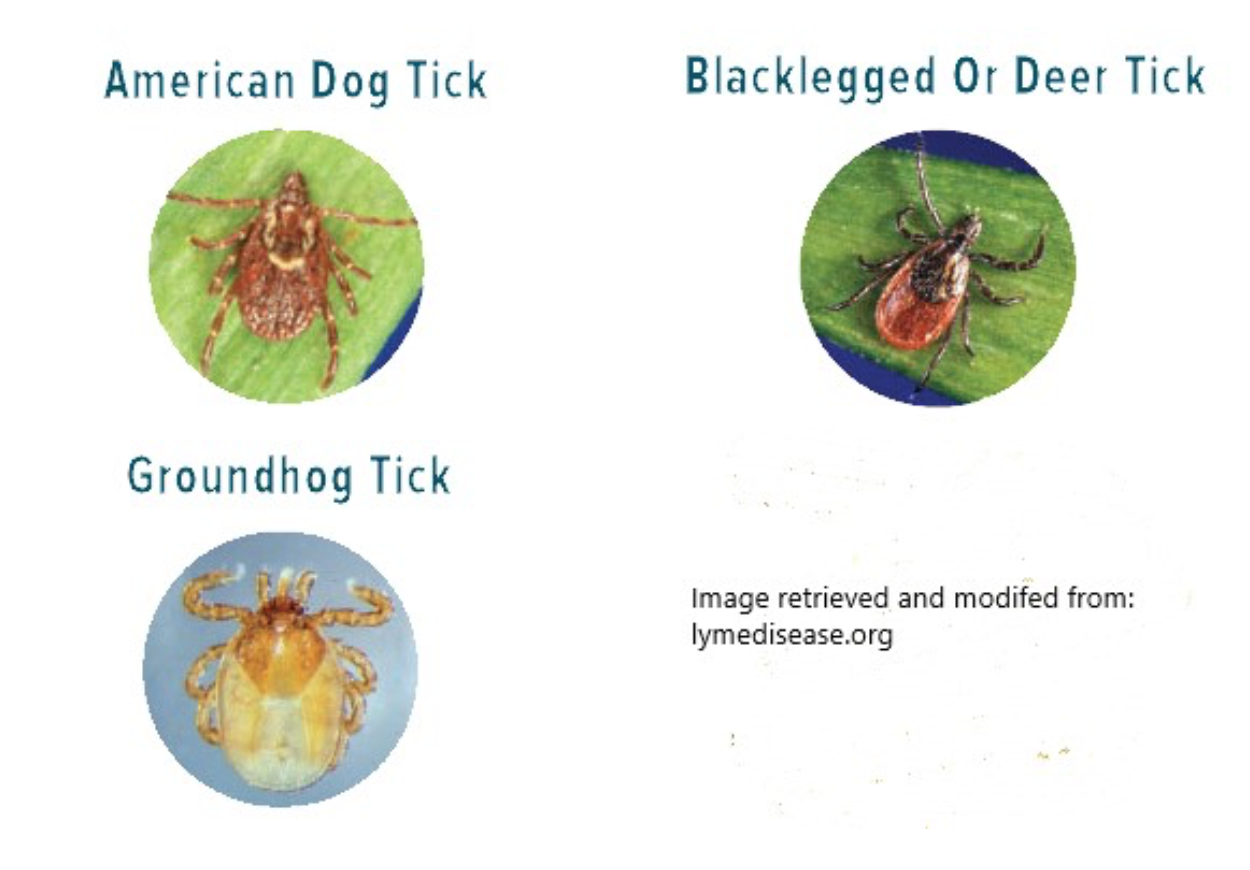
Ticks Lyme Disease And Our Pets St David S Veterinary Clinic
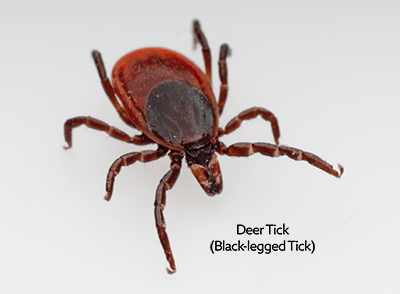
Ticks In Cats Vca Animal Hospitals
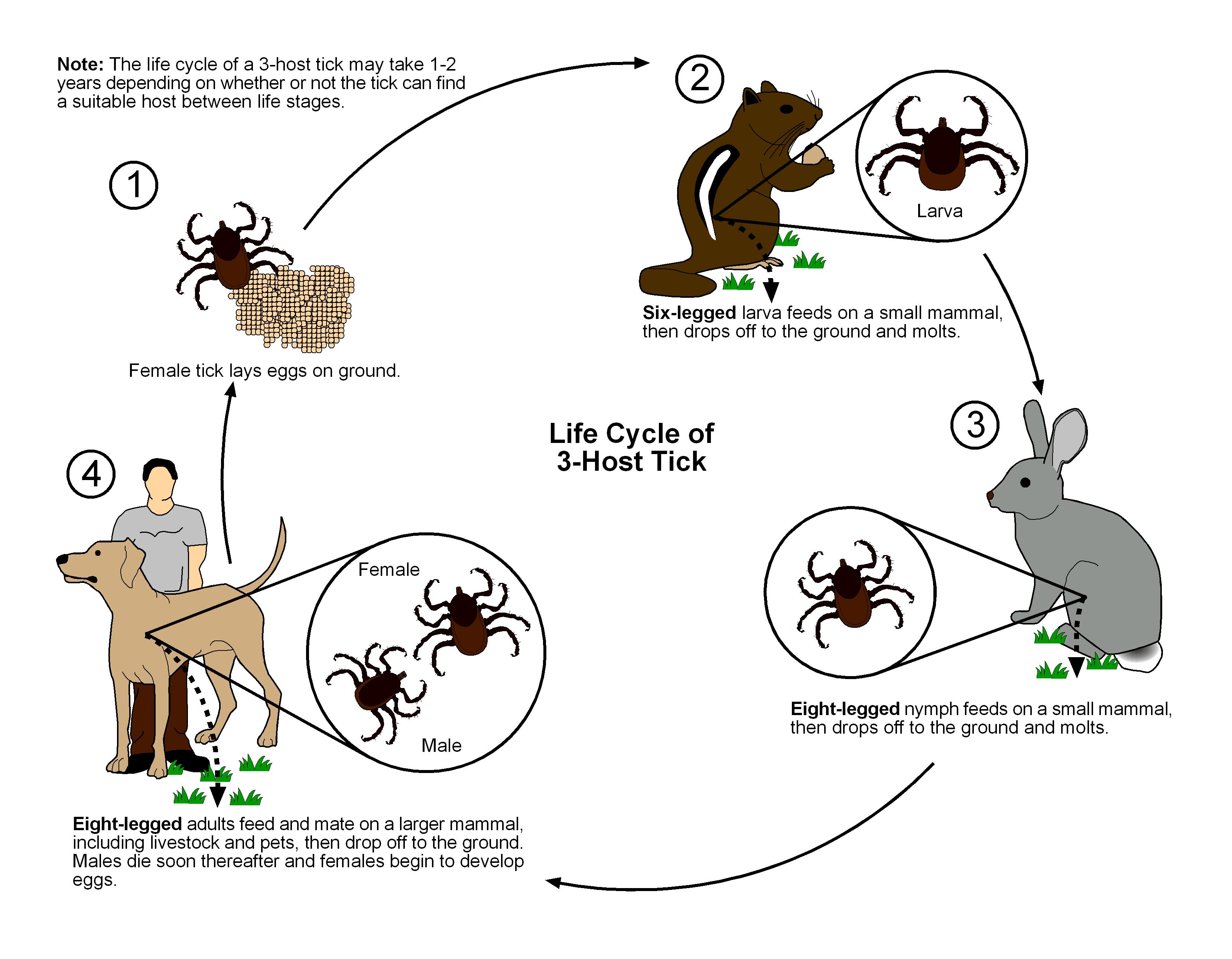
Resources Public Health And Medical Entomology Purdue Biology Entomology Insects Ticks Diseases Monitoring Control Hot Topics Agriculture Extension
